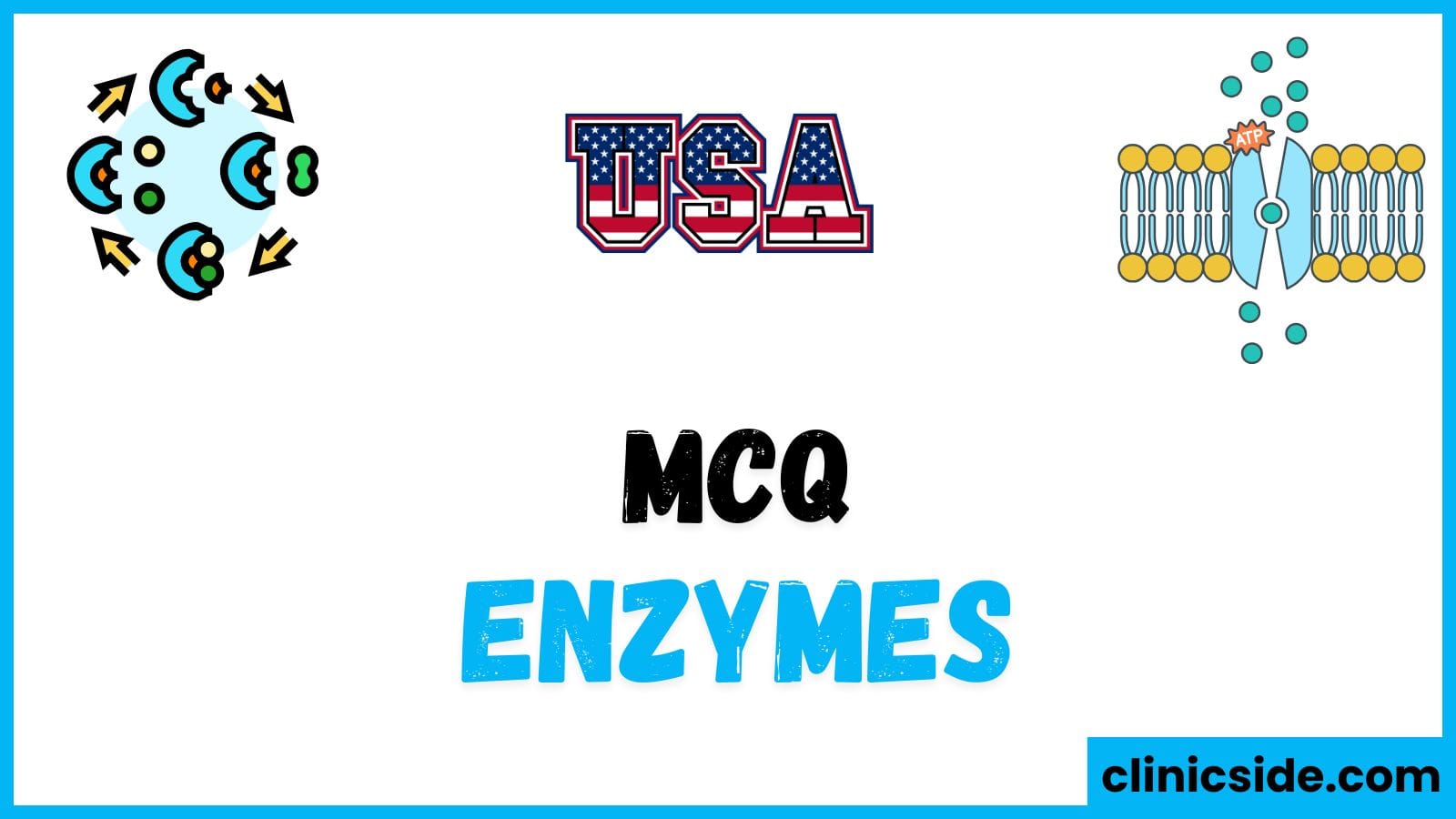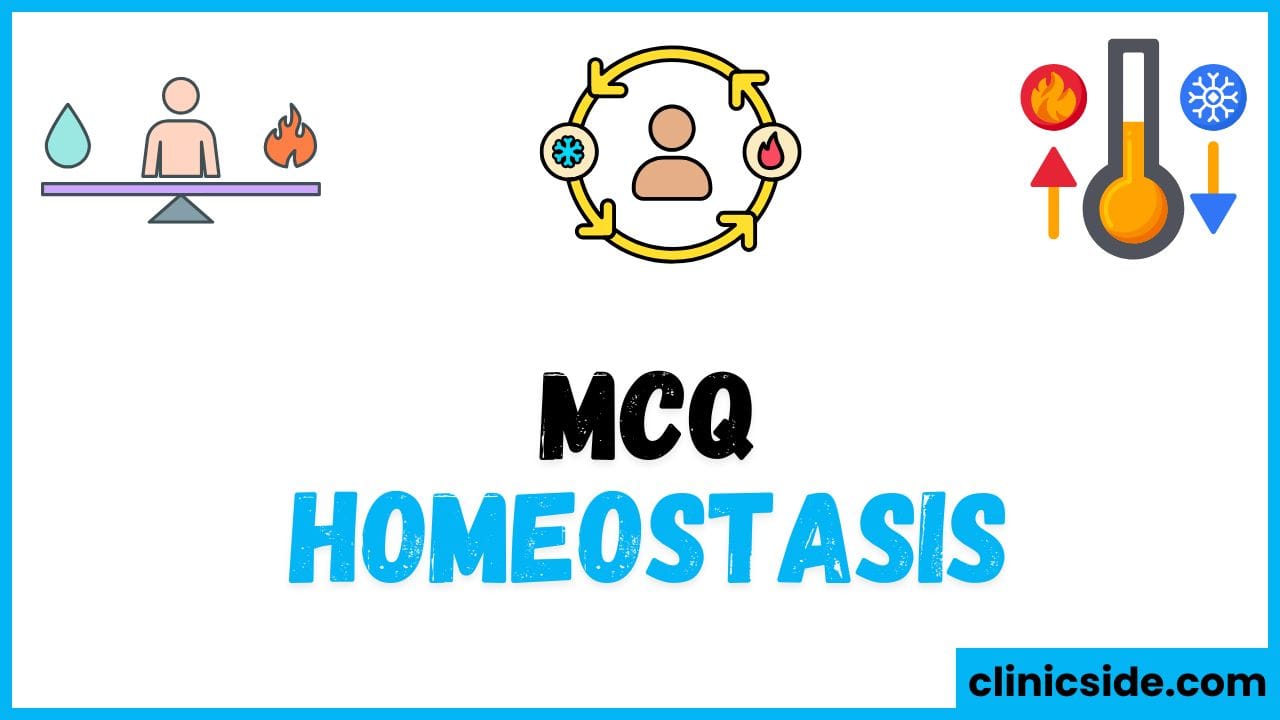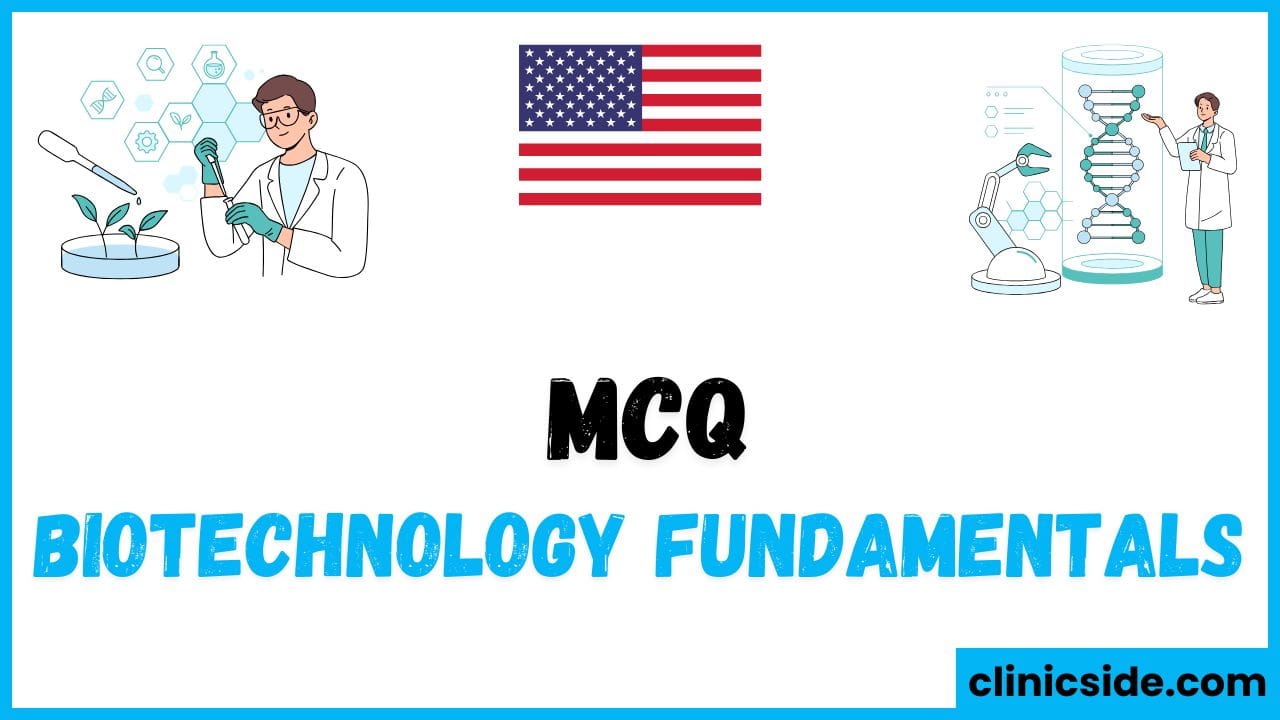MCQs Topics Overview
This MCQs set covers a comprehensive range of enzyme concepts essential for students and learners in biochemistry, biology, and related fields. Here’s a more detailed breakdown of the topics:
1. Fundamental Roles of Enzymes in Biochemical Reactions
- Catalytic Role: Questions focus on how enzymes act as catalysts, specifically their ability to lower activation energy, making reactions proceed faster without being consumed.
- Metabolic Pathways: Tests the role of enzymes in facilitating reactions in complex metabolic pathways, ensuring efficient regulation and speed in cellular processes.
2. Molecular Composition of Enzymes
- Protein Nature: Explores the fact that most enzymes are proteins, emphasizing their structural complexity and how this enables specific functions.
- Ribozymes: Some questions address ribozymes—RNA molecules with catalytic activity—highlighting the exceptions to protein-based enzymes.
- Amino Acid Sequence and Structure: Includes how enzymes’ function relies on their specific amino acid sequences and three-dimensional shapes, which form functional active sites.
3. Structural Sites: Active Site vs. Allosteric Site
- Active Site: Questions delve into the enzyme’s active site, the region that binds to the substrate and catalyzes the reaction, focusing on how it’s uniquely shaped to fit specific substrates.
- Allosteric Site: Covers the role of allosteric sites, where molecules bind to regulate enzyme function by changing the enzyme’s shape, either enhancing or inhibiting activity.
4. Enzyme Specificity and Substrate Binding
- Specificity and Fit: Emphasizes the specificity of enzymes for particular substrates, explaining how only certain molecules with compatible shapes can bind to an enzyme’s active site.
- Lock and Key Model vs. Induced Fit Model: Questions explore models that describe enzyme-substrate interactions, contrasting the Lock and Key Model (rigid fit) with the Induced Fit Model (flexible adjustment upon binding).
5. Factors Affecting Enzyme Activity
- Temperature: Examines the impact of temperature on enzyme function, with questions on optimal temperatures for activity, as well as denaturation at extreme temperatures.
- pH: Covers how pH levels can affect enzyme activity, including optimal pH for maximum efficiency and the risk of denaturation at extreme pH levels.
- Substrate Concentration: Discusses how substrate concentration impacts reaction rate, up to a saturation point beyond which enzymes work at maximum speed.
- Inhibitors: Explores how inhibitors, including competitive (bind to active sites) and non-competitive (bind to allosteric sites), affect enzyme activity.
6. Models of Enzyme Action
- Lock and Key Model: Tests knowledge of the classic model where the enzyme and substrate fit together like a lock and key, emphasizing enzyme-substrate specificity.
- Induced Fit Model: Explains how enzymes adjust their shape to snugly fit the substrate, highlighting the enzyme’s flexibility in binding.
7. Cofactors and Coenzymes in Catalysis
- Definition and Types: Questions distinguish between cofactors (inorganic molecules, e.g., metal ions) and coenzymes (organic molecules, e.g., vitamins) that enhance enzymatic reactions.
- Role in Enzyme Activity: Covers how cofactors and coenzymes assist enzymes by stabilizing reaction intermediates, modifying the enzyme’s active site, or directly participating in catalysis.
8. Functional Enzyme Types
- Hydrolases, Lyases, Oxidoreductases: Tests familiarity with enzyme categories based on their functions, such as hydrolases (break bonds using water), lyases (cleave bonds without water), and oxidoreductases (catalyze oxidation-reduction reactions).
- Specific Enzymes: Focuses on specific enzymes that act on distinct substrates, such as amylase for starch, lipase for fats, protease for proteins, and catalase for hydrogen peroxide breakdown.
9. Stability, Denaturation, and Optimal Conditions
- Heat and pH Impact: Questions emphasize how enzymes lose their functional shape when exposed to high temperatures or extreme pH, leading to denaturation.
- Optimal Conditions for Activity: Covers the concept that each enzyme has optimal conditions (temperature and pH) where it operates most effectively.
10. Optimal Temperature for Human Enzymes
- Human Body Temperature: Includes the optimal temperature for enzymes in the human body (37°C), explaining why enzymes function best at this temperature and lose efficiency if it varies significantly.
- Environmental Adaptations: Questions also cover how enzymes in organisms adapted to extreme environments (like thermophiles) have optimal temperatures higher or lower than 37°C.
Summary
This detailed set of MCQs serves as a powerful tool for mastering enzyme basics, ideal for preparing for exams or enhancing general understanding of enzyme biochemistry. Each question includes explanations to provide a thorough foundation in enzyme function, structure, and factors influencing their activity.





